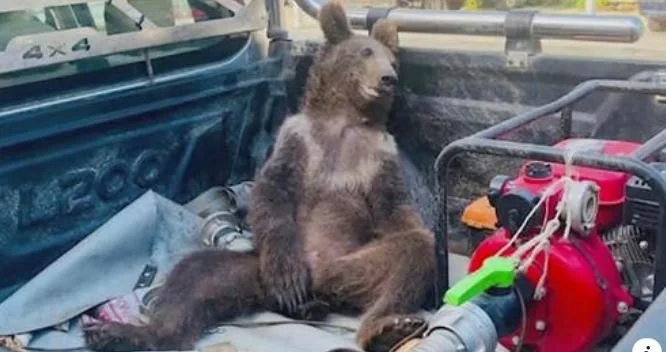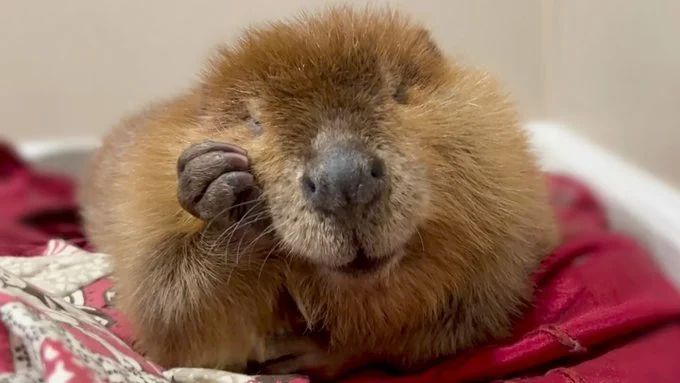Scientists Send Wolves & Beavers to the Rescue
Scientists from Oregon State University have a (really) big idea. What if we dedicated nearly half a million square kilometers across 11 states to gray wolves and North American beavers?
In a paper published in the journal BioScience, the researchers outline a plan to use portions of federal lands to create a contiguous network of wolf and beaver habitats. The plan is about two species, but the knock-on effects would positively affect perhaps hundreds of others.
“It’s an ambitious idea, but the American West is going through an unprecedented period of converging crises including extended drought and water scarcity, extreme heat waves, massive fires, and loss of biodiversity,” William Ripple, co-author of the study and professor of ecology, said in a university press release.
The scientists focus on the gray wolf (Canis lupus) and the North American beaver (Castor canadensis) because these are keystone species, organisms whose presence in an ecosystem maintains balance. Wolves naturally control herbivore populations such as elk, which facilitates the health of vegetation species such as aspen, which in turn supports diverse plant and animal communities. Beavers enrich fish habitat as their dams increase water and sediment retention, improve water quality, and increase carbon sequestration.
The proposed Western Rewilding Network would require retiring livestock grazing allotments on federal land, which probably won't get a lot of support in areas where ranchers have political sway. The ecologists suggest fairly compensating the ranchers, a small price to pay for the cascade of benefits their plan would generate.
Only about two percent of US meat production is derived from federal lands. If Americans could reduce their meat intake by that amount – which would also generate its own cascade of knock-on effects – the big plan just might work.
Photo credit: Gary Kramer / USFWS







